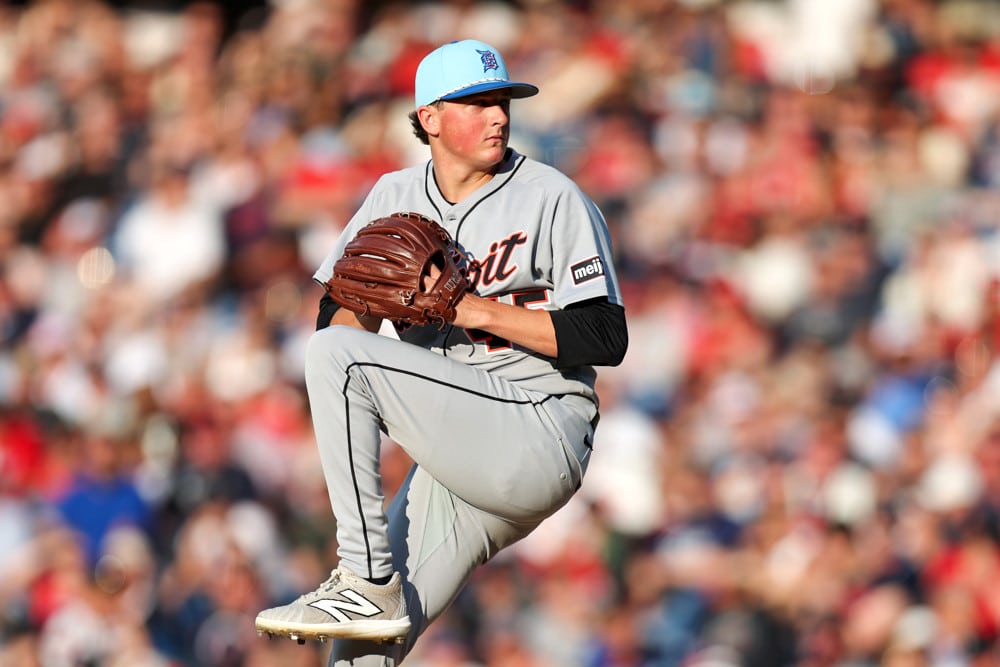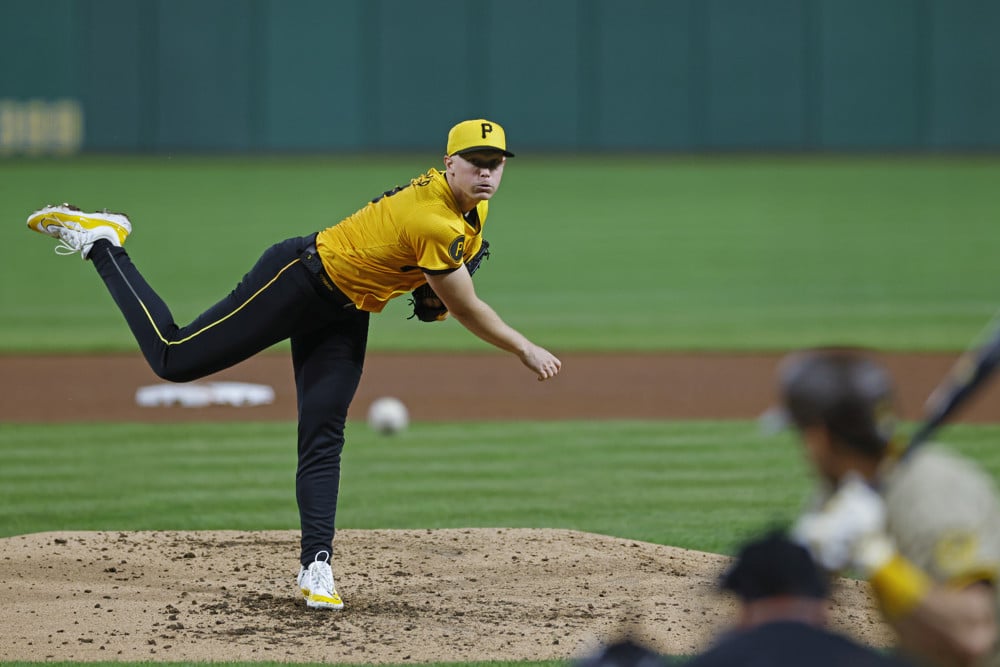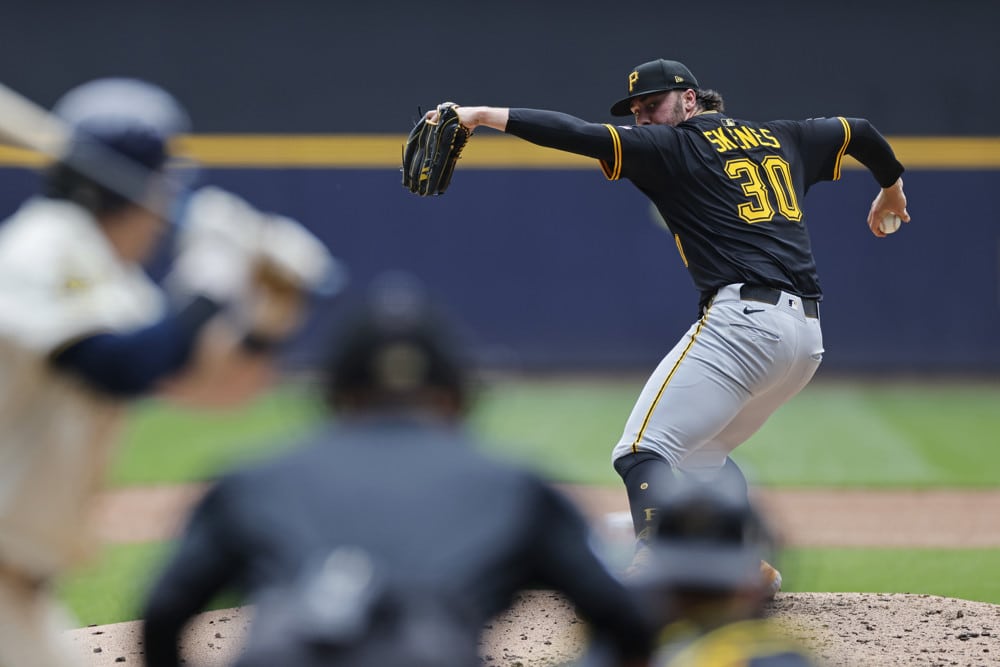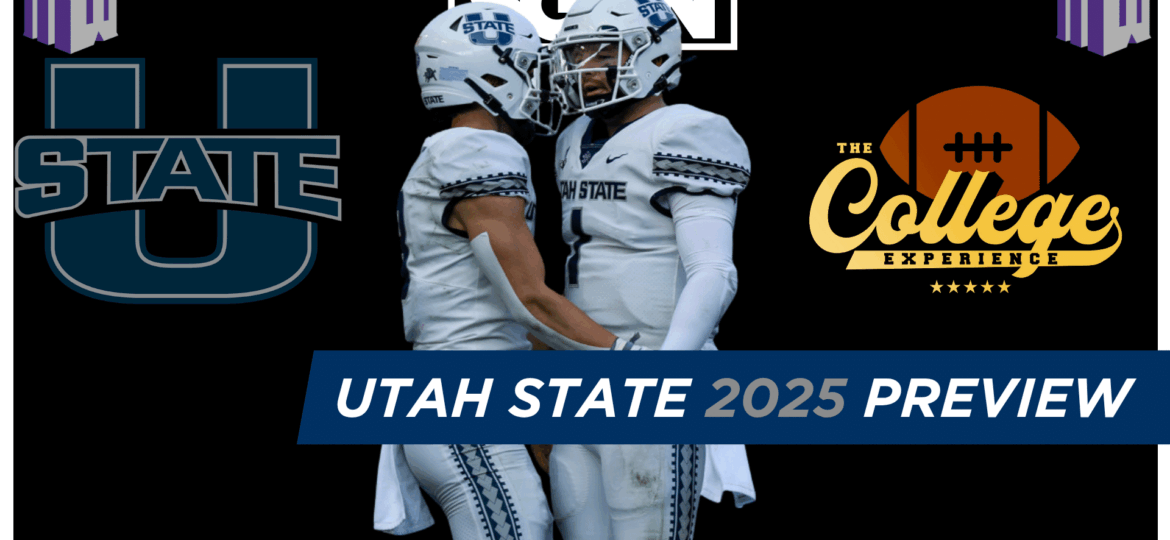It’s here. At long last, the best golfers in the world will reunite at the same golf course to vie for the biggest prize in golf. An elite field goes for the Green Jacket at the 2024 Masters Tournament at Augusta National. As always, here is your early deep dive on the 2024 Masters Tournament and a preview of how to bet.
Go here for more Golf content and check out our TaylorMade Spider Tour X Putter Giveaway
2024 Masters Tournament Preview
The Golf Course
Here are some key facts about Augusta National Golf Club:
Opened: 1933
Architects: Bobby Jones & Alister MacKenzie
Other Notable Contributing Architects:
- Perry Maxwell (1937)
- Robert Trent Jones (1946-1953)
- George Cobb (1954-1978)
- George Fazio (1974)
- Jay Morrish (1982-1984)
- Jack Nicklaus (1980’s+)
- Tom Fazio (1998-present)
Par: 72
Yards: 7,545 Yards (per 2023 Scorecard)
Agronomy:
- Greens: Bentgrass
- Collars: Bentgrass
- Approaches: Ryegrass Overseed
- Fairways: Ryegrass Overseed
- Second Cut: Ryegrass Overseed (1.375″)
Most hardcore golf fanatics are intimately familiar with Augusta National. It’s probably one of the few golf courses most fans can easily recall specific memories of the holes. But for those who’d like a visual reminder of what Golf Utopia looks like, particularly as the air turns colder in certain parts of the country, watch a few of these videos below:
However, every year, Augusta National makes subtle tweaks to the golf course that can alter the way it changes. Some years have had major changes to the holes. But in other years, not so much.
For the 2024 Masters, the only significant change was the lengthening of Hole No. 2 and the shifting of the tee box back and to the left. This added 10 yards to the hole. However, Rory McIlroy said that the change doesn’t really mean much to the hole. It’ll still play like how we all remember it to be.
The only true talking points about the golf course probably revolve around the much-publicized changes to Holes 11, 13, and 15 and the impacts it has had on the tournament. For those who’d like a refresher about the exact changes to these holes, check out past preview columns here and here.
In this week’s preview of the 2024 Masters on the Golf Gambling Podcast, we showed all the recent changes to Augusta National (including this year’s lengthening to Hole No. 2) and how that has impacted the strategy of the holes as well as the scoring implications. Check that out in the video below:
Betting Strategies
Here’s a refresher on the types of golfers that typically do well at Augusta National, what is needed to succeed within the Masters, and other trends to consider before making a pick to win the 2024 Masters well in advance.
Tournament Experience
One of the favorite talking points of golf pundits ahead of each Masters is how experience at Augusta National is key. There are so many little tricks and nuances to the golf course that can give a golfer a significant edge over the field. In fact, DataGolf ranks Augusta National as the #1 golf course that’s the most predictive in terms of past tournament experience.
In addition, DataGolf did a study a few years ago evaluating the strokes gained per round based on certain Masters appearances. Here’s what they found:
This chart reveals a few key tournaments that one has a better chance of making the leap. There is a significant jump in performance at one’s 3rd Masters, one’s 7th Masters, and one’s 9th Masters. In 2023, Jon Rahm continued this trend when he won the Masters in his 7th appearance.
Here are notable golfers who are expected to play the 2024 Masters who are making either their 3rd, 7th, or 9th Masters:
3rd Masters Appearance:
- Cameron Young
- Will Zalatoris
- Min Woo Lee
- Sam Burns
7th Masters Appearance
- Xander Schauffele
- Tony Finau
- Corey Conners
9th Masters Appearance
- Brooks Koepka
- Justin Thomas
- Shane Lowry
Predictive Skillsets
Here are golfer skillsets that are the most predictive towards success at Augusta National (per DataGolf):
This skillset chart is one of the least helpful predictive charts in golf. This chart suggests that there is a higher-than-average correlation between success at Augusta National with longer hitters, great iron players, good scramblers, and good putters. AKA, you have to be good at pretty much everything in order to be good at Augusta National.
The only predictive area where there doesn’t seem to be a strong correlation to success at Augusta National is through driving accuracy. This is likely due to the wide fairways at Augusta National that usually breed higher than average driving accuracy rates. In addition, the rough isn’t thick at Augusta National. It’s one of the least penal golf courses for drives that find the rough off the tee.
In-Tournament Success
Here are the areas that are correlated the most to the variance in Total Strokes Gained at the Masters (from the 2023 tournament, per DataGolf):
What this chart says is that, like most tournaments played on the PGA Tour and in major championships, iron play had the strongest correlation towards Total Strokes Gained on the week. To put that in plain terms – good iron play was rewarded the most against the field at the 2023 Masters. And vice versa. And at the 2023 Masters, this correlation was slightly stronger than the average PGA Tour venue.
This chart also suggests a much higher correlation of how one drove the ball on the week towards Total Strokes Gained than the average PGA Tour venue. And buried within the Strokes Gained – Off-the-Tee metric at the 2023 Masters, both the longest and straightest players off the tee separated themselves from the field more than in a typical PGA Tour event.
One might ask themselves why driving accuracy is not a good predictive measurement towards success at Augusta National, but within the tournament itself, it was not only significantly important but even more important than how far a player drove it.
The answer is simpler than one might think. The ability to predict how well one drives it on any given day (i.e., how many fairways they hit) is difficult to do.
Just like putting, there’s way too much variance with the driver to predict how often a ball will find the short grass day to day. However, length is constant, which makes it a better predictive metric.
However, any golfer will tell you that if they drove the ball well in any given day, it’s probably because they hit a lot of fairways. And as DataGolf shows in its Course Stats page, there is a fractional penalty for inaccurate tee shots at every golf course played.
Therefore, finding more fairways is ultimately a better driver of how well (or poorly) one does in Strokes Gained-Off-the-Tee in any given tournament. It’s just trying to figure out who will do that is a fool’s errand.
In addition, there is a much larger than average correlation to success around the green at the Masters towards higher (or lower) strokes gained on the field than the typical PGA Tour average.
Given all the complexities of each green and the demand to chip off of tight lies, precision around the green is a must. Those who don’t have confidence in crisp contact on their chip shots will be in for a long four (or two) days.
Lastly, putting isn’t as effective at separating oneself on the leaderboard at the Masters as the typical PGA Tour event. The greens at the Masters are lightning quick and are significantly undulated.
Players aren’t jarring long putts for birdies at high rates during the tournament. It’s not likely someone will get a molten hot putter that’s so much better than the field at the Masters. Therefore, putting generally won’t make as much of an impact at Augusta as the typical PGA Tour event.
Approach Shot Proximity
Here’s the approach shot distribution chart from the 2023 Masters (per DataGolf):
About 75% of all approach shots at Augusta National come from over 150 yards. Other than from approach shots from 200-225 yards, this is significantly above the PGA Tour average. Iron play is the most important contributor towards the variance in Total Strokes Gained within the tournament, but specifically, mid to long iron play is key to doing well at Augusta National.
Follow the tips in this preview, and one should put together a solid DFS lineup and betting card for the 2024 Masters Tournament.



























